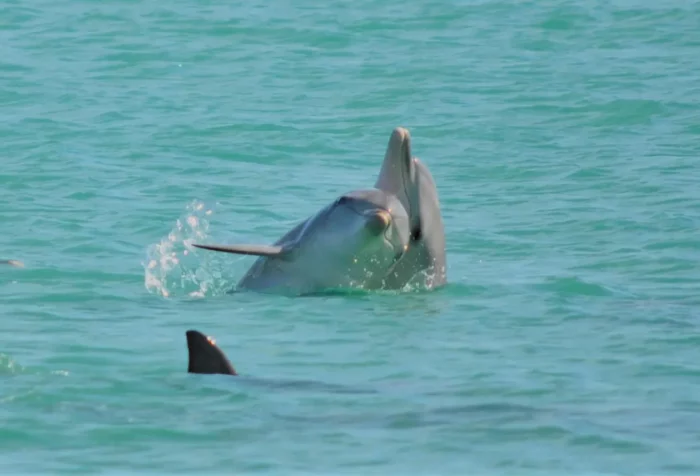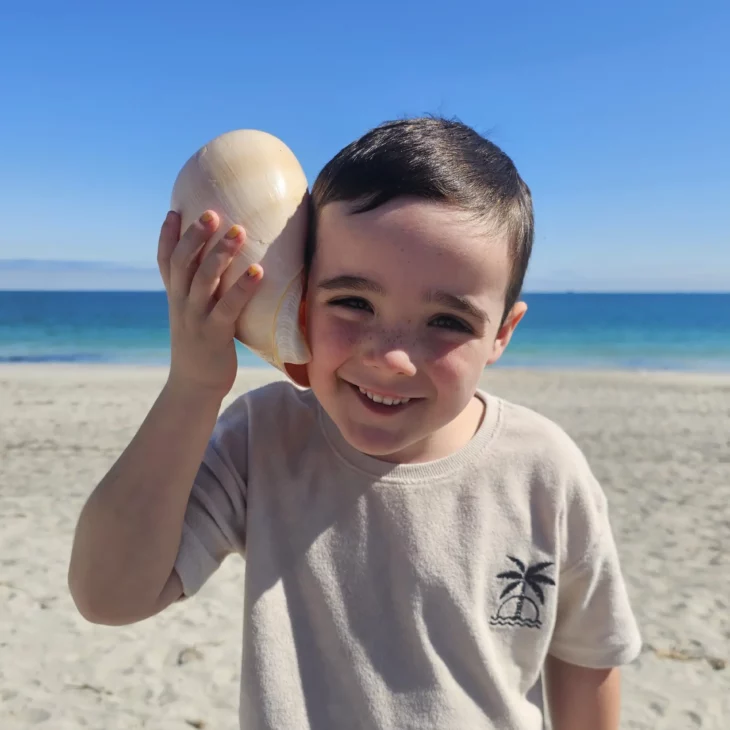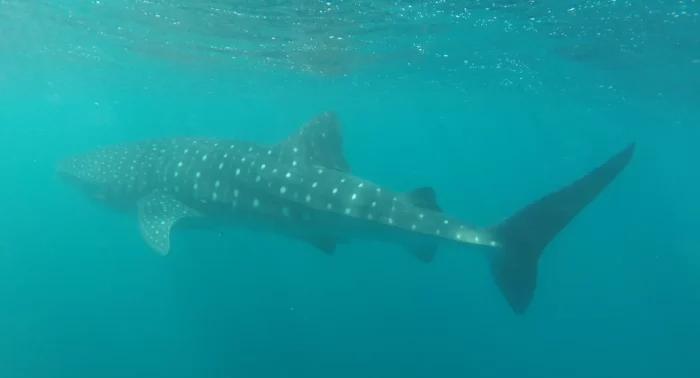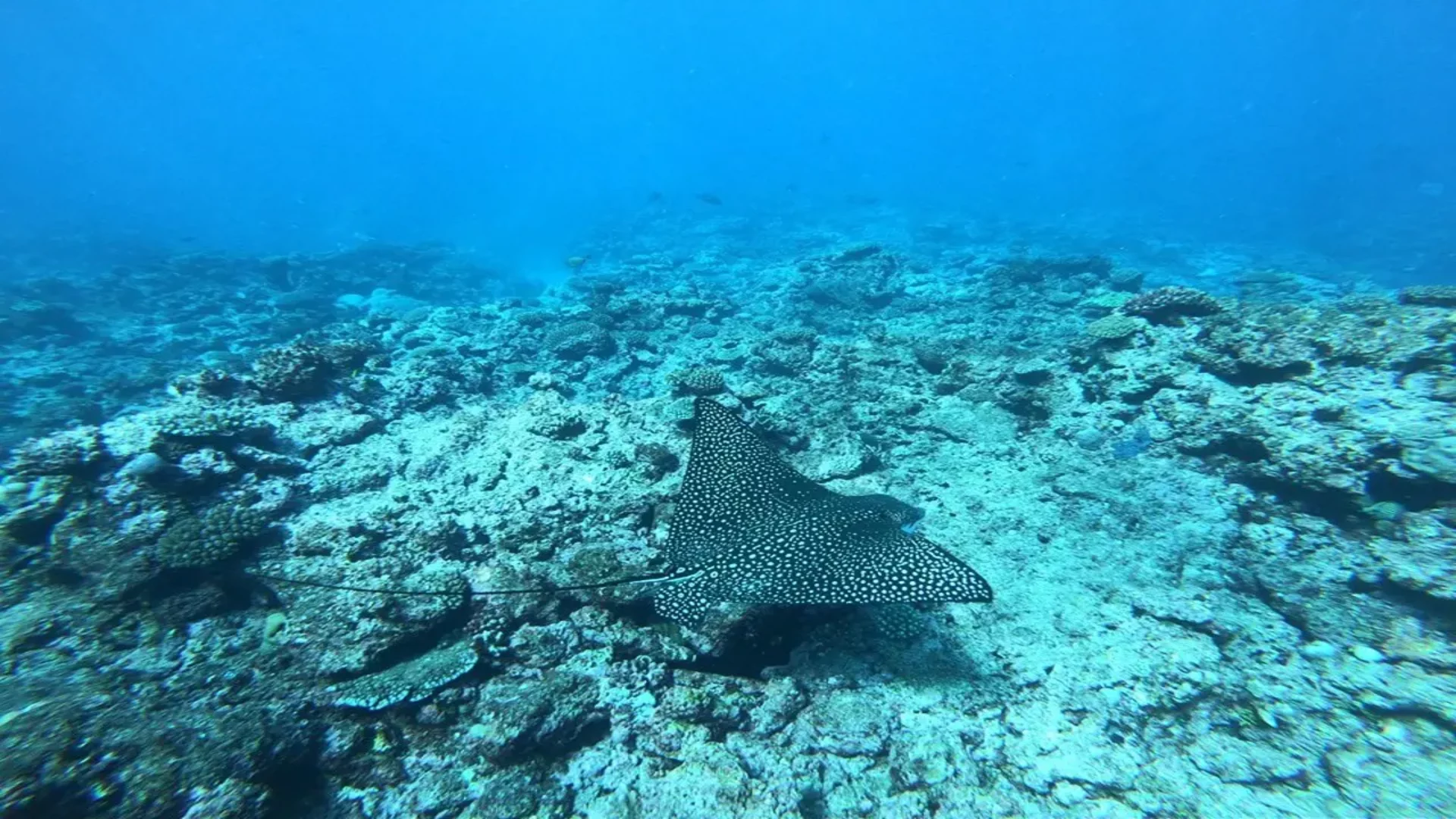Ocean Adventurer programs for Years 1 & 2
Choose from the following programs for Years 1 & 2 students (or consult us to collaborate on a custom program):
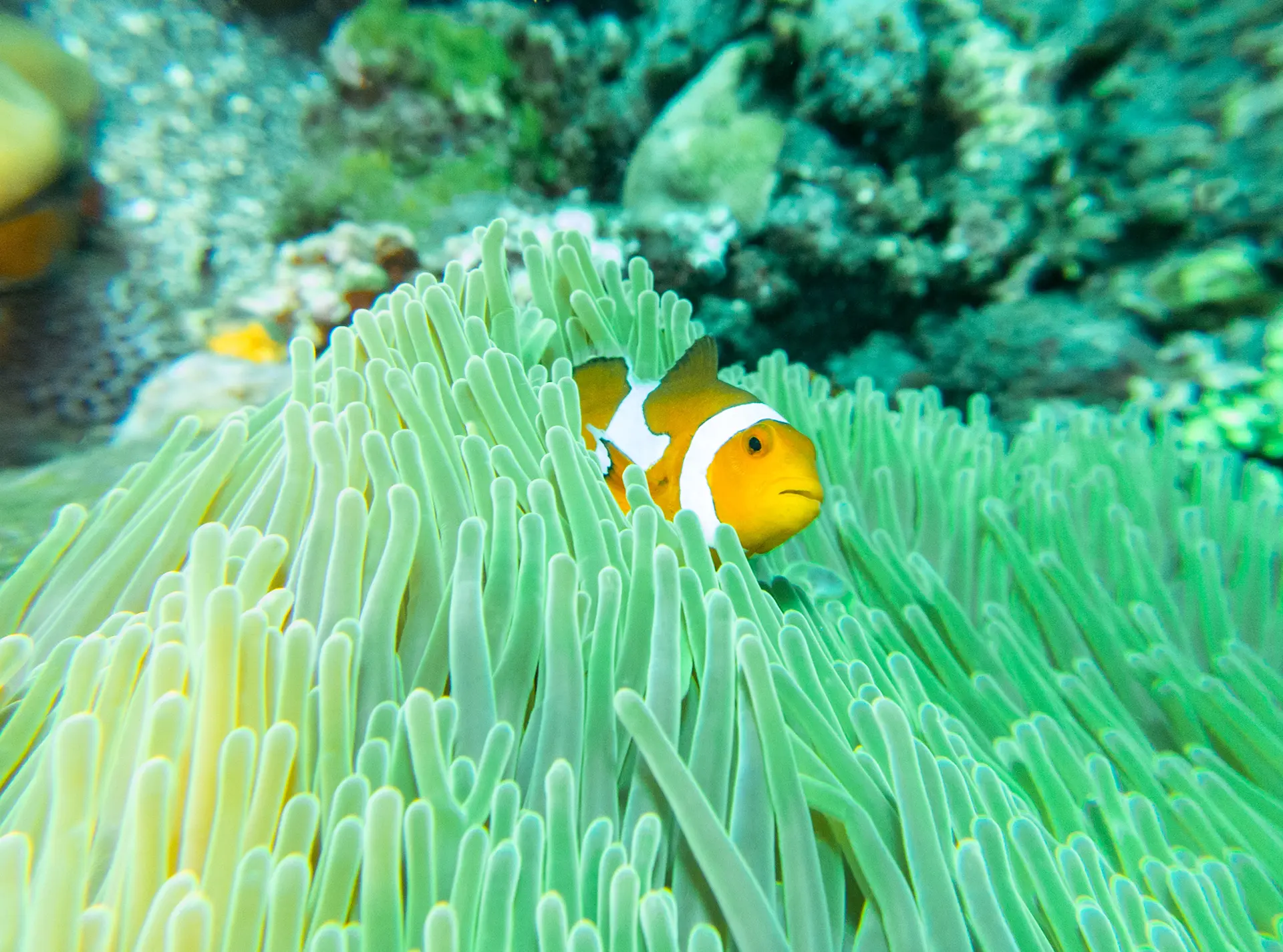
Creature Features (Marine plant & animal characteristics)
- Discover that plants/animals have different roles and their features help us understand how they live
- Discuss basic anatomy of marine animals and how it assists their survival (moving, feeding, protection)
- Discuss fundamental structure of marine plants and their purpose

Big Blue Sea (Habitats)
- Discuss various habitats found along the WA coastline (and others around the world)
- Learn why different animals live in different habitats
- Short discussion on threats to marine habitats and introduce the concept of conservation
